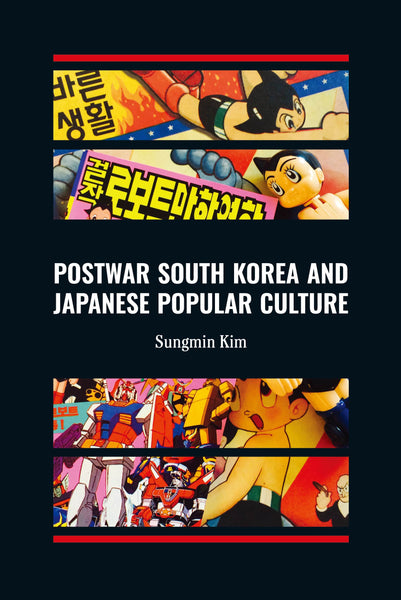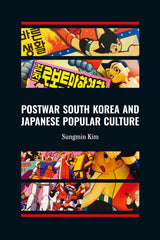Postwar South Korea and Japanese Popular Culture
Many In Stock
After World War II, Japanese popular culture was "banned" in Korea. However, despite the official ban, Japanese popular culture was introduced and circulated through hidden or unofficial channels. In fact, the author, born in Seoul in 1976, grew up watching the animated TV series Astro Boy with its theme song in Korean. He recalls that it was not until the 1990s that he learned that Astro Boy was produced in Japan.
Why was Japanese popular culture banned? How did Japanese popular culture spread in Korea despite the ban and the changing political situation? This book analyzes the history of how Japanese culture has been accepted into Korean society, citing numerous animated and visual works as examples.
Japan-Korea relations have undergone dramatic changes, and although Japan and Korea are increasingly linked in terms of politics, economics, and cultural production, the relationship remains fragile due to the colonial history of the two countries. This book is a unique attempt to rethink postwar Japan-Korea relations from the perspective of transnational cultural space.
About Editors and Authors
Kim Sungmin is a Professor of Media and Communication at Hokkaido University. He holds M.A. in Communication at Seoul National University, and Ph.D. in Interdisciplinary Information at the University of Tokyo.
Table of contents
Preface to the English edition
Introduction
Part One: Historical conditions of the Korean ban on Japanese popular culture
Chapter 1. “Japanese style” and the ban
Chapter 2. The intersection of the U.S. and the ban
Part Two: The era of the ban on Japanese popular culture
Chapter 3. Multilayered spillover and prohibition
Chapter 4. The reproduction of desire and prohibition
Part Three: Dismantling the Ban on Japanese Popular Culture
Chapter 5. The expansion of globalization and shifts in the ban
Chapter 6. Cultural Exchange and the End of Prohibition
Conclusion. Can the “mechanism of prohibition” be surmounted?
Bibliography
Index

